|
Recently there have been many reports from pet owners dealing with their pets becoming ill and dying, suspected from their pet food. 397 dogs that are sick or have died, suspected from their pet food. 129 cats that are sick or have died, suspected from their pet food. Of these animals, 222 listed only Purina pet foods, but there are other brands being reported. While Purina denies any problems, there is no proof yet or evidence that the illnesses/deaths are related to the food, but people are working together to have foods tested. While there are no recalls yet with these recent scares, possibly never will be, it is interesting to note that just recently there were 2 recalls on Purina. 1) Nestle Purina Petcare Company voluntarily recalled Purina Pro Plan Veterinarian Diets EI Elemental Dry Food)= because of elevated vitamin D levels. Too much vitamin D can lead to kidney failure and a whole host of other health issues. 2) Additionally, Nestle recall Purina Pro Plan Veterinary Diets EN Gastroenteric Low Fat Wet Dog Canned Food due to labeling error. Just because a food has been "safe" in the past does not mean that there haven't been changes in the ingredients (FDA does not require pet food companies to change labels with many changes) and, of course, it could be something even worse such as a contaminated machine in one of the factories which produce products used in all sorts of different major brands. Purina Pro Plan is the most common food reported. It is being recommended that if you or someone you know is feeding this food, stop immediately, and do not wait until your pet gets sick or Purina issues a recall. It seems to be from all different types of Purina, with Purina Pro Plan being the most common. If you feed Purina, (and be aware that many other brands are made in the same factories as Purina so this may be far reaching), and have any issues, it is recommended that you stop feeding, save the pet food, (do NOT release it to Purina in any circumstances), contact your vet and request a copy of your pet's medical records, ask the vet to report your concerns to Purina (good luck with that - many vets recommend Purina). Report it to the FDA (https://truthaboutpetfood.com/report-a-suspect-risk-pet) and report it to Purina (https://www.purina.com/contact-us). Do NOT agree to send them the food. If you feel compelled to do so, only send a small portion. Keep the rest of the food IN THE FREEZER in case it needs to be tested later. Document your conversation with Purina. Purina may eventually say they will pay your vet bills and reimburse you for your pet food. If you agree to this they will ask you to sign a form which will prohibit you from taking action. If there is a class action lawsuit you will be unable to join if you do this or if you want to file your own lawsuit. Many people are having their pet food tested, at their own expense of course. (It's not cheap and you have to submit for each thing being tested). https://truthaboutpetfood.com/help-to-check-your-pet-food/) Purina has already been notified by numerous pet owners and they have not done anything to alert unsuspecting pet parents. Initially, they were offering to reimburse the pet owners for their pet ood. Currently, they are offering pet parents $10 in coupons (which is what Hills offered someone for their dead dog) and having a third party contact the pet parents. Already, we are seeing Purina pet food become "unavailable" on the store shelves. This is called a silent recall. The pet food manufacturer doesn't want to admit there is a problem with the product, so they start pulling the products off the shelves quietly. (Hills did this for 60 days before the recall). So how do you decide what brand to use? The front of the pet food bag will NOT help you choose what's safe -- it's just marketing and propaganda. Pet food regulations state that a pet food label can contain "unqualified claims, either directly or indirectly". Legally, in any form of advertising, a pet food company can lie to you. Did you know that many pet foods contain the euthanasia drug, sodium pentobarbital? 20 years ago the FDA tested a number of dry dog foods and found this drug in foods like Gravy Train, Kibbles 'N Bits, and Ol' Roy. (The results of those studies is documented in Dog Food Samples Used in CVM Pentobarbital Surveys and Analytical Results). The FDA concluded that: "There appear to be associations between rendered or hydrolyzed ingredients and the presence of pentobarbital in dog food. The ingredients Meat and Bone Meal (MBM), Beef and Bone Meal (BBM), Animal Fat (AF), and Animal Digest (AD), are rendered or hydrolyzed from animal sources that could include euthanized animals." Based on these findings, the FDA wanted to know where the drug was coming from so they conducted species analysis testing on the dog food. The assumed the origin of the pentobarbital was from euthanized dogs and cats or possibly horses. (ick). But their test was never able to identify any species ... including canine, feline, or equine DNA. So, despite these failed tests, and because the FDA found only "very, very low levels" of sodium pentobarbital (parts per billion) in the dog foods, they decided it was a risk they were comfortable living with. Since the FDA didn't believe it posed an immediate danger to pets, their conclusion was at those low levels it was "unlikely to cause them any adverse health effects", so the agency DECIDED NOT TO TAKE A POSITION TO ELIMINATE EUTHANIZING DRUGS FROM PET FOODS AND ANIMAL FEED! So guess what? These foods that contained euthanasia drugs stayed on the market! Not a single one of those illegal pet foods were was withdrawn or recalled from the market. Atleast, today, the FDA states that pentobarbital in any amount -- even in parts per billion -- is illegal in pet food and "any detection of pentobarbital in pet food is a violation of the Federal Food, Drug, and Cosmetic Act -- simply put, pentobarbital should not be in pet food." Perhaps if the FDA had taken a stronger position 20 years ago and required the removal from the market the food laced with pentobarbital, manufacturers would have been sent a stern message. So, pet food companies know that the FDA will not take action over certain 'objectionable practices" in pet food today. Guess what else? Canned pet food may contain material from 3D and 4D animals "regardless of the origin of animal tissues used". The FDA considers it fit for animal consumption even though it is in violation of law: "Pet food consisting of material from diseased animals or animals which have died otherwise than by slaughter, which is in violation of 402(a)(5) will not ordinarily be actionable, if it is not otherwise in violation of the law. It will be considered fit for animal consumption." Even though the FDA is fully aware that dead, dying, disabled, or diseased (4-D) animals are used as animal food, the agency allows its use as long as it's heat-processed (cooked in a can or rendered). Is there no wonder they find pentobarbital in dog food? The FDA will not consider it objectionable if pet food manufacturers wish to use rendered animal tissues from animals that have died otherwise than by slaughter in pet food. Rendered material is the most likely source of pentobarbital contaminated meat in pet foods today, JUST AS IT WAS 20 YEARS AGO! Perhaps, if the FDA did not allow so many violations of the Federal Food Drug and Cosmetic Act, then pet food manufacturers would have a clear, bright line between what's allowed and what's not: What's legal and what's not. However, so long as compliance policies blur the line b/w these 2 defining points of law, incidences like the one we are facing today will continue into the future. Food and Drug Administration/Center for Veterinary Medicine Report on the Risk from Pentobarbital in Dog Food So how do you decide what brand to feed your dog? Look at the BACK of the pet food bag. (The front only has marketing and propaganda -- pet food regulations state a pet food label can contain "unqualified claims, either directly or indirectly". Legally, in any form of advertising, a pet food company can lie to you. Look at the ingredients on the back. There are 2 grades used in pet food: 1) human edible (food grade) ingredients 2) human inedible (pet grade or feed grade) ingredients Even with studying ingredients (ruling out foods with poultry byproducts, soy, corn, ingredient splitting, without meet as number one ingredient etc. etc.), there can still be problems not listed in the ingredients. For example, even with human grade claims, many pet foods contain chemicals and dyes linked to cancer and serious illness. Some canned foods have a lining inside the can that contains BPA, a chemical scientifically linked to cancer. Petsumer Report reviews tell you which pet food manufacturers use food quality/human food quality ingredients, BPA lined cans, and who uses risky chemicals and dyes. Still, we have to start somewhere and learn how to educate ourselves on how to determine which foods to feed our pets. Start by looking at the first 3 ingredients (which make up the majority of the pet food). "Ingredients whose legal definitions provide quality nutrition are scored, ingredients whose legal definitions include waste-type material or inferior nutrition are not scored." Because ingredients are listed in order of heaviest to lightest, the first three ingredients make up the majority of the pet food. Ingredients whose legal definitions provide quality nutrition are scored, ingredients whose legal definitions include waste-type material or inferior nutrition are not scored. Does it include probiotics? The "friendly bacteria" help to keep the intestinal system working properly. A large % of the immune systems is located in the intestinal system. Shelf life? With any naturally preserved pet food, the nutritional value decreases over time. Companies who make the food in small batches will be fresher than the huge companies. Very often it can take months for the food to even make it from manufacturing to warehousing and then to the retail outlet and then to your pet's bowl. So, even though you just purchased the food it might not be fresh. Pet foods state the expiration or best if used by date but really bagged foods have a shelf life of 1 year to 18 months. So, for example, if you purchased a pet food in May, 2018 and the "Best Used By Date" is 11/18, if its shelf life was 1 year you would know the food was 6 months old when you purchased it. It may not "spoil" in 6 months but some of the nutritional value would be lost. The fresher the better. When comparing ingredient lists - opt for ones with meat and 'real food' top 3 ingredients, no soy, no corn, no wheat, no poultry byproducts. Why no soy? Soy can cause gas and bloating, kidney stones, and thyroid damage in dogs. Bloat, also known as gastric dilation-volvulus, is a serous medical and surgical emergency for dogs. Why avoid corn? As a whole grain, corn is not easily digestible. Corn has a higher glycemic index. It's just not that remarkable with regard to nutrition and minerals. (Low to high: brown rice = 33; corn = 34; barley = 36; oats =43; quinoa = 45; wheat = 48; potato = 51; peas = 53; sweet potato = 55; spinach = 91) What about byproducts? "Unfit for human consumption but fine for pet food"! Animal by-products are what's left of a slaughtered animal after the skeletal muscle meat intended for human consumption has been removed. ("Animal by-products include all parts of a live animal that are not part of the dressed carcass.") This includes parts of an animal which have been "rejected for human use and can be expected to be processed into animal feed." What makes some by-products fit for human consumption and others not can have to do with how they're handled after slaughter. (For example, by-products that are not refrigerated immediately after slaughter but stored for hours in a hot trailer cannot be sold for human consumption, but they can still be legally used for making pet food. On the other hand, rejected waste such as dead farm and zoo animals that have been declared unfit for human consumption can first be rendered into meal ingredients ... THEN BE USED TO MAKE PET FOOD!) Rendering is a process similar to making stew -- except that the stew is intentionally over-cooked. The idea is to start with a stew of by-products and cook away the water. Then skim away the fat and bake the residue. You end up with a concentrated protein powder known as by-product meal. With chicken and poultry there are 2 grades of by-product meals: 1) Feed grade by-product meal 2) Pet food grade by-product meal In a study from 2003, pet food grade by-product meal was found to be; Higher in protein Lower in ash More digestible More consistent In the specific cases of chicken and poultry, there are 2 grades of by-product meals…
So never pay top dollar for any dog food that lists animal by-products near the top of its ingredient list. Never buy any dog food that contains "generic animal by-products" sourced from materials a manufacturer fails to clearly identify. We could be here all day with chemicals to avoid but added synthetic vitamins are never as good as the actual food source. Sugar, salt also need to be further down on the ingredient list. Way down or absent. So, for fun, let's compare 2 labels. First, we'll start with one which has more negatives than positives (well, I can't find any positives): Alpo Prime Cuts Savory Beef Flavor Ingredients: #1 = Ground yellow corn; #2 = meat and bone MEAL; #3 = SOYbean meal Then it goes on: beef tallow preserved with mixed tocopherols, corn gulten meal, egg and chicken flavor, poultry and pork digest, salt, potassium cholride, choline chloride, RED 40, zinc sulfate, ferrous solfate, Vitamin E supplement, L-Lysine monochydrochloride, YELLOW 5, manganese sulfate, Blue 2, niacin, Vitamin A supplement, copper sulfate, calcium pantothenate, thiamine mononitrate (Vitamin B-1), garlic oil, pyridoxine hydrochloride (Vitamin B-6), Vitamin B-12 supplement, riboflavin supplement, riboflavin supplement (Vitamin B-2), Vitamin D-3 supplement, calcium iodate, menadione sodium bisulfite compled, folic acid, biotin, sodium selenite. These are risky and controversial ingredients. Why?
Crude Protein: 18% minimum Crude Fat: 8.5% minimum Crude Fiber: 5.5% Moisture: 12% Calories: 383 kcal/cup Now let's compare this to a higher end food, Farmina N&D Ancestral Grain Lamb and Blueberry Receipe Puppy Dog Food Dry which we fed to our pugs for many many years. It's a good food, we just prefer PawTree for reasons explained on a different web page. Ingredients: lamb, dehydrated lamb, whole spelt, whole oats, dried whole eggs, herring, dehydrated herring, chicken fat, herring oil, dried beet pulp, dried carrot, suncured alfalfa meal, inulin, fructooligosaccharide, yeast extract, dried blueberry, dried apple, dried pomegranate, dried sweet orange, dried spinach, psyllium seed husk, salt, brewers dried yeast, turmeric, glucosamine hydrochloride, chondroitin sulfate, vitamin A supplement, vitamin D3 supplement, vitamin E supplement, ascorbic acid, niacin, calcium pantothenate, riboflavin, pyridoxine hydrochloride, thiamine mononitrate, biotin, folic acid, vitamin B12 supplement, choline chloride, beta-carotene, zinc methionine hydroxy analogue chelate, manganese methionine hydroxy analogue chelate, ferrous glycine, copper methionine hydroxy analogue chelate, selenium yeast, DL-Methionine, taurine, L-Carnitine, aloe vera gel concentrate, green tea extract, rosemary extract, mixed tocopherols (a preservative). Positives:Mineral listings do read to be chelated or proteinated (better mineral absorption); contains alfalfa which is a health promoting ingredient; contains several animal protein sources -- lamb, egg, herring. Negatives: No probiotics; contains DL-Methionine, a synthetic amino acid Let's compare 2 popular treats (it's food, too! You need to examine everything your pet eats). We'll start with Biljac Gooberlicious: Ingredients Chicken Liver, Chicken, Chicken Meal, Wheat Flour, Glycerin, Phosphoric Acid, Salt, Potassium Sorbate and Citric Acid and Mixed Tocopherols and Calcium Propionate and BHA (preservatives), Titanium Dioxide Color, Natural Peanut Butter Flavor, Rosemary Extract. What's bad and a risk? Contains BHA. Contains dyes. Food dyes provide no benefit and sometimes come with risks. Also, we try to avoid a lot of wheat with our pugs as it can be an allergen. Let's compare this with a higher-end treat (and much more expensive) Origen Free Run Duck Treat Ingredients: Duck, duck liver, mixed tocopherols (natural preservative). Company states its foods are sourced from federally licensed facilities. "Meat and poultry ingredients must be sourced from animals that are not condemned, diseased, or that have died otherwise than by slaughter." Documents received by TruthaboutPetFood.com through Freedom of Information Act request evidences ingredients in US plant are feed grade. Ingredients are primarily locally sourced, but may be sourced elsewhere to meet supply needs. Vitamins and minerals are processed in the US and globally sourced - company admitted to sourcing some B vitamins (B1, B6, B9) from China. They state the vitamins are human grade/quality. Company cannot guarantee foods are GMO-free. Now let's look at our favorite treat that we feed our pugs (if we aren't baking chicken, lamb, or steak etc.): Chicken, Apples & Kale pawTreats by pawTree: Ingredients: Chicken, Apples, Kale Positives? Made in USA. No preservatives. All natural. Super fresh and delicious. All of our pugs love every variety of the pawTreats. Negatives? none. No risks. Here is one of our pugs, Lilibeth (CH Pickwick's Show the World How to Smile), trying this treat for the first time. She's the most finicky pugs we've ever owner in over 30+ years and our official taste tester. If this picky eater likes it, then it's a winner and these are the first healthy treats she has ever loved. In this video, Lilibeth compares Pup-peroni with the Turkey, Apples, and Cinnamon pawTreats: Before we leave, let's address one more point when evaluating food -- especially now during this possible challenging time if indeed there is a correlation between Purina and other major dog food brands and dogs getting sick. If your dog doesn't like the food for some reason (even if it's a food he/she has eaten for a period of time and used to like), trust your dog. They have an amazing sense of smell. Unless it's Charlie (our other pug who will eat anything ... without ever tasting ... he holds the fastest time for the famous pie eating contest), there might be a reason your pet is leary of a particular food .... mold? contamination? they will smell this (many of them ... not Charlie ha). So don't try to doctor it up and force it down them.
As you read the ingredient lists on the back of the food bags you will learn more and more about which brands will help your furbabies thrive and which will cause potential issues. Research, watch out for recalls, and observe your pets carefully. At Pickwick pugs we love pawTree because of the variety of foods so we can rotate proteins which some studies suggests helps prevent allergies (protein allergies). We have one pug who is allergic to egg so this limits us with some foods (such as the Farmina N&D). Another reason we love pawTree is because it has never had any recalls. Plus they offer a 100% money back guarantee -- what company does this in this day and age? They stand behind their product. Several months ago Purina mailed us a FREE bag of food because of one of our pugs winning at a dog show. Of course, being musicians, we love free anything however, I ended up not feeding this to our dogs because I didn't like the ingredients. It's a good thing perhaps, given these new developments being reported, that I trusted my gut. A few last tips: Research the companies -- are they being bought out by other large manufacturers? Are their products made in the US or China or other country? Check with holistic vet sites. Since their philosophy is based on being proactive versus reactive, food is an important component to health. They stay on top of the latest findings and encourage only the very best foods. Not every brand of food is right for every dog. By rotating and incorporating real food with dry dog food or freeze-dried dog food, you will have a greater chance at finding the right balance of nutrients. We add real food to the quality kibble or freeze-dried pet food. We add things things like plain probiotic yogurt, pumpkin, blueberries, apples, carrots, bone broth we have made ourselves, and supplements like fish oil, probiotics, and Nuvet daily vitamin. We bake chicken and lamb and beef for treats. Real food. We also feed Ross Wells Blue Titan raw dog food (another company that has never been involved in any major recalls or controversies -- since its origins in the 1950s!). This is what we have found to be successful. It's our theory at least and it seems to be working with our pugs, thankfully! In the end, the best dog food for your pet is one that meets their individual nutritional needs and is something they enjoy eating. Always consult with a veterinarian if you have concerns about your pet’s diet or health.
0 Comments
Let’s talk about harnesses. Harnesses are not a bad thing. In fact, they are a great option for pugs .... eventually. The problem is when owners put a harness on a puppy for walks before the puppy has been thoroughly trained to walk on loose-leash. Going for a walk with your pug puppy wearing a harness after s/he has mastered loose-leash-walking is fine and a good option to prevent him/her from accidentally slipping out of collar and escaping. Going for a walk with your pug puppy wearing a harness before s/he has mastered loose-leash-walking is (in my personal experience of training pugs for 30 years, plus numerous years as a professional dog walker with all sorts of breeds) going to make it more challenging to train loose-leash-walking. (FYI: We never walk our show pugs on a harness (even after they are trained to walk on loose leash) because it affects their gait and movement. We do use a harness when hiking and more on that later.) A harness is designed in a way that it makes it more comfortable to pull and in some cases can increase drive or frustration if you use it to hold the dog back (people who do bite sports actually use a harness and tie back to build drive) so yes, it can quickly make pulling worse. A collar is at least mildly aversive in comparison. New pug or pug puppy owners should try to avoid this scenario at all costs (unless they want a pug who will always pull on the leash while out for walks .... for your and your pug's entire life): Obviously, no pug puppy owner -- and no pug -- wants the above scenario, so let's discuss another option. Don't "go for walks" until your puppy is trained to walk on a loose-leash. Training to learn to go-on-a-walk is different than going-on-a-walk. And, when training, use a flat collar and leash not a harness. Work on mastering loose-leash-walking every.single.day. I won't lie, training loose leash walking is one of the more difficult skills you'll teach your pug puppy, and it will require consistency (you will always always always need to maintain a loose leash when training.) But it can be fun! And mastering loose-leash walking makes life with your pug puppy so much more enjoyable. In a minute, we'll talk about the difference between a training-session-structured-walk (practice walks) which you'll be doing for the first few months vs your typical, casual walk (your ultimate goal) outside. So, what is loose-leash-walking? When you maintain a "J" in the leash, with slack while walking. Your pug might walk a little ahead of you (as long as the leash is slack) or beside you in an unstructured, loose heel. Most folks don't mind letting their pug walk a little in front of them as long as there is no tension on the leash. Here is a video of one of the dogs I used to walk with Wag on a regular basis. In the beginning he would never "check in" and it was as if he didn't even realize there was a human attached to the end of the leash. Needless to say, there was never a "J" in the lead when we first started. But after lots of walks where we constantly engaged -- I spoke with him cheerfully, sometimes delivered treats, and changed directions a lot to "keep him guessing" -- the end result was such a satisfying walk. While there's no sound to this video you'll notice him "check in" with the eye contact he offers, and sometimes he gets a tiny bit ahead but never enough to pull. (If he did, I would have gotten his attention verbally and then lured him to change directions .... like a dance partner cuing before a turn). Some owners would prefer for their pug to stay within a foot or 2 of the human's left leg during the walk, unless given a release command to go sniff and explore, but it's really up to you how you'd like to define it and what you're most comfortable with. Your criterion might vary depending upon the situation and environment. Here is a young 10-week old Pickwick pug puppy who took to heel with automatic sits quite naturally. This is not something we would normally require but Gus must have been a heel work champion in his former life lolz! Loose leash walking is much more informal and relaxed versus a heel where the dog is intensely focused on the handler at all times, essentially attached to the handlers left leg with imaginary velcro. But again, my opinion, (and some may disagree), that after training over 100's of puppies and dogs ranging from pugs to all sorts of breeds as a Wag-Walker for many years, I can truly say that training loose-leash-walking while the dog wears a harness is challenging and makes progress slower. It is much easier and more successful, (I'll venture to say "possible") to train using a flat collar and leash. A 6 foot leash is best. NOT A RETRACTABLE LEASH. Do not use a retractable leash. They are dangerous ... people lose fingers and dogs can die. But, I digress. Back to harnesses. Why should you use a flat collar and regular leash for training? Why? All dogs have “opposition reflex” which means they pull against pressure. When a dog feels pressure on the front of his throat from his collar, he actually pulls against it. This is why choke collars only make the problem worse. The tighter the collar gets, the more s/he will pull. This is also why retractable leashes are bad (in addition to the horrific injuries they cause), because the dog is constantly experiencing opposition reflex. With a harness, the dog has all sorts of contact places where he feels the opposition reflex, not just his neck. For safety issues, (so, for example, your pug doesn't escape and slip out of its collar), if you want your pug to wear a harness in public before s/he is completely trained to walk on loose leash, then you will need to plan to AVOID GOING-FOR-A-WALK while wearing a harness and, instead, you will need to pick up your pug and carry her. Set her down to potty or sniff something, but them PICK HER UP again and carry while walking. Practice Walks vs Casual Walks So now is a good time to talk about the difference between a "training-session-walk" and a "let's-go-for-a-walk." A structured, training-session-practice walk is what you'll be doing for the first months. Daily if possible! These walks will require a LOT of thinking on the dog's part and FULL ATTENTION from the owner/handler. (Your pug will be mentally exhausted afterwards). How does a structured-training-session-walk differ from a normal casual walk?
Most common mistake = advancing too fast. Think of loose-leash-walking training as a subject in school such as mathematics. Your pug puppy will be enrolling in many different classes as s/he advances:
If your pug was enrolled in Arithmetic, you would not expect the teacher to start throwing out calculus equations. Similarly, if your pug is enrolled in the introductory class for loose-leash-walking, you would not expect her to walk successfully in a crowd at Mardis Gras. That would be saved for Calculus level. As your pug progresses from level to level, you will need to resort to picking up/carrying (or putting in a stroller) if a particular environment is too challenging for him/her given level. For example, a young puppy enrolled in “arithmetic” should never be expected to walk on loose leash in a dog park with dogs running around everywhere. There is absolutely NO way the human will be more interesting than those fun dogs running wild everywhere! Eventually, ONCE YOUR PUG IS THOROUGHLY TRAINED TO WALK ON A LOOSE LEASH, then you can walk successfully using a harness. We use a harness that has a ‘handle’ on the top for our hiking pugs so that we could grab them quickly if they slipped into a stream or something. However, we don’t go hiking until our pugs are solid on recalls (“come when called”) and loose leash walking. To be clear: Harnesses are not a bad thing for pugs, (unless you have a conformation show pug – and walking a lot in harnesses ruins fluid, proper movement), but just not recommended while training loose-leash-walking. A good harness allows a dog to pull with all his strength without feeling any discomfort or strain. This is very important in weight pulling sports, or pulling a cart or dog sled. They may also be used on very small dogs or dogs who have a structural problem with their trachea who have not been (and most likely never will be) trained to walk on loose leash. But of course if you use a harness instead of a leash on a large dog who hasn’t been taught not to lean on the leash, it will cause you to lose control of the dog. Again, a harness allows the dog to use his entire strength to pull you. If you don’t want to make a wrestling match out of every walk, you would want to control just the head. If you control the head, you control the dog. This is why horses are walked in head halters and ridden in a bridle. Control the head and you control the horse. To prevent your pug from pulling on the leash you need to understand several important things. First, your pug pulls because she thinks she’ll get ahead of you faster by pulling. Secondly, she needs to understand that you are a team and should walk together – if she’s not interested in you, not “checking in” and focusing on you, then she’s going to do her own thing. Why is your pug not checking in? Is it because you are not really interested in walking with your pug? Is it because you jerked the lead when she wanted to stop and sniff an interesting smell? Is it because you’re focused on your cellphone or listening to music instead of interacting with your pug? Or, most likely, is it because you don’t work on loose leash walking enough? The innate “programming” of a dog is to walk for very long distances alongside other dogs – “her people”. Just as you would do if walking with another human versus a solo walk, you need to hold up your end as your pug’s owner and engage with her during the walk – talk to her, wait when she stops to sniff a flower or another dog, be present and aware of your walking companion at all times. Point things out that you notice and if she pulls, just stop walking and don’t move forward again until she gives you attention (looks you in the eyes). This tells your pug that you are not going to walk while she pulls. Next time she pulls? Stop again. And again. Eventually your pug will get the point. Change up your speed. When you slow down, your pug will need to walk at the same speed etc. We love to practice heel (or loose leash walking) to this music ... the treat delivery is randomized ... If the pug is pulling constantly it will indeed possibly damage the trachea so, if an owner is not willing to put the necessary time in to train loose leash walking, then slapping on a harness from the start is the humane thing to do. But again, (in my opinion), the owner will need to realize that by doing this he/she is committing to a lifetime of pulling. While on the subject, the 'no pull harness' is a joke. A dog pulls for 2 reasons 1) she thinks she'll get ahead fast if she pulls you along 2) she doesn't realize that you both are a team -- walking together (or, more bluntly, she is simply not interested in her human). The answer is definitely not to use aids, (especially punitive aids like choke collars), but to change how the 2 walking partners are walking together.
You want your pug to "check-in" a LOT. Reward your pug every time s/he chooses to look up and focus on you. When I say "watch me", my pug knows s/he needs to look up at me ... and then s/he will get a treat! Deliver the treat just to the left side of your left leg, around your knee or a bit lower, so that your pug is in the place you ideally want. (FYI you always want your pug to be in the position he is receiving a treat for ... i.e. if treating for a sit, your pug should be sitting when he gets his treat). ' Tip to save your back: With toy breeds (i.e. pugs) I carry a target stick, or dowel, or long wooden spoons with a potato chip lid or tupperware lid taped to the end. I load the lid up with peanut butter or a chicken/cheese spread I make that has the consistency of peanut butter (so that it sticks to the lid). Here is a puppy working on loose leash walking at Home Depot ... normally the target stick is not right in front of the face constantly (like a lure) but just used to occasionally deliver a treat. How to teach loose-leash-walking:
IMPORTANT! Don't allow your puppy to jump up at your hand OR step in front of you. Remember, you always want to deliver the treat when your puppy is in the position you ideally want. (If loose leash walking, at your left side with puppy facing forward; if teaching "sit" the puppy should be sitting when you deliver the treat etc. If you deliver the treat to your puppy when s/he steps in front of you s/he will learn that you want him to be in front of you and you'll end up with a pug who constantly trips you. Take lots of breaks! This is a tough skill to teach ... for the puppy's concentration and for the human's body (it's back breaking if you are always bending down to deliver the treats). Puppy's have a tough time with self-control. They want to sniff and explore the environment yet we are asking the puppy not to do this very natural behavior. Set your puppy up for success – keep it simple and easy for him (stay in arithmetic until ready to advance and don’t skip to calculus after one training session). You might think this pug is at the calculus level ... But he still had a long way to go for proofing this sort of focus and concentration in crowded, busy streets, or with lots of distractions at a dog park etc. This pug was perhaps trigonometry level at best. Finally, observe the cardinal rule: Always, always, always. (Always require your puppy to maintain a “J” in the leash). Never, never, never. (Never allow your puppy to pull as you are walking -- if you allow this too much, it will undo all of your previous efforts in training. If you want to skip from arithmetic directly to calculus, and skip those first few months of practice-walks, then expect to see this look on all of your walks for the next 13+ years . . . . Or, this look .... because you finally get so exasperated you just leave your pug at home all the time. So don't despair and don't give up. Work a little bit on loose leash walking every day as you build a better relationship with your pug. Keep your eye on the prize .... walking down main street or through the Farmer's Market being able to window shop or look around without worrying about tripping on your pug. Keep your training sessions short. Stay positive and remember .... one day, your diligence will pay off! Your pug puppy will enter adolescence and it will vary when and for how long. It might be around 6 months of age, but you'll definitely know your puppy is a teenager or "preteen" when you start to notice things like:
If you see a major behavior change in your pug puppy between approximately 6-12 months of age, first rule out pain or injury or an emotional scar (something happen at boarding? with a neighbor or houseguest?) If none of the above, then it's most likely your puppy is starting to navigate the "terrible teens." Sometimes pups enter this stage seemingly overnight and it almost always comes unexpectedly. The truth of the matter is, your puppy won't just seamlessly morph from a puppy into an adult .... There's a reason "adolescence" is not always a word most folks like to hear and it can be a challenging time for both the owner AND the puppy. So, this article is to address some things owners can do to be able to more successfully their pug puppy's teenage phase without the relationship becoming tainted, or everyone's sanity! If you ask any animal shelter, you'll learn that the most common age for dogs to be surrendered is between 6-18 months of age. This is because canine adolescence is a tricky time if you're not prepared but, with a little preparation, patience it will pass quickly and be some of your best memories of your pug puppy once s/he is an old senior and you are reminiscing. One of our favorite memories is when our pug Sebastian (who would sit off leash on the glider with us while we drank our morning coffee on our front porch) suddenly decided to sprint up our STEEP driveway to join a marathon! Yep, there were a bunch of runners with number signs etc. running down our street! He sprinted up the driveway with Jeff running behind in his slippers and robe ... unable to catchup ... and then joined the marathon! I'll never forget this image of all these runners, and a little black pug. In the next neighborhood several blocks away, exhausted, and still wearing his robe and slippers, Jeff finally sat down to catch his breath. He kept asking runners if they had seen a black pug and finally one woman responded, "yes! he ran alongside me for awhile but he stopped awhile back" and pointed in the direction she last saw him. Needless to say, Jeff finally got him and we learned that Sebastian was no longer the young puppy who would stick beside us off leash no matter what ..... he was ready for adventures and to move onto the next chapter in his life! Always something. Other owners have noted that their pug puppy will suddenly start chewing on furniture when it had never done that before. Any behavior out of the unusual is your pug trying to tell you something. How long will my pug stay a teenager? It will vary but a small toy breed tends to mature around 1 year of age. "During this period there are several developmental processes at work. Being aware of what they are and the effect they are likely to have on your puppy's behavior will mean you can be prepared to deal with them. This in turn will shorten the time they will have an impact on both your lives." Just as with human teenagers, your puppy is becoming more independent and starting to look at the world as adults rather than as an infant. Thus relying less on their human for security and more likely to "to go self-employed as they begin to form their own opinions and behaviors regarding the world around them." Just remember = This is a NATURAL PROGRESSION and part of a dog's inherited survival instinct. TEETHING: Is your pug puppy teething? As if all of this wasn't enough, with your pug puppy's full set of adult teeth around 6 months of age, the teeth will be needing to 'set' properly in the gums. To do this your puppy is really going to need to be able to chew. Unfortunately, many owners don't understand this and think their teenage pug puppy is just being destructive when they actually have a PHYSICAL NEED to have appropriate things on which to gnaw. Chew toys to the rescue! Most owners might think that their Shark puppy is a thing of the past, so they may not be providing enough chew toys like this "Treaster" or kongs. We love Treasters becuase they are durable yet fun for the pugs to chew and we can stick a treat or even their food into the nooks and crannies. You can add peanut butter, pumpkin, kibble, and even add something like yogurt and then freeze. It's a wonderful texture that they love -- the rubber is pliable and soft. It's tempting to think "I don't want to spend money on those puppy chews anymore" but, a little peanut butter and appropriate chew toy they like is MUCH cheaper than your furniture and shoes! puppy teething guide. Why is my teenage puppy suddenly scared? Dogs also have a second fear period that happens somewhere between 6-18 months of age. Sometimes this just happens once but in other dogs it can happen several times which may coincide with growth spurts or hormone surges. You might notice your pug puppy becoming reactive or scared of things that never bothered them in the past (other people, dogs, strange objects, places etc.). Single-event learning is most likely to occur during this teenage phase so HOW you manage this period is vitally important. A bad experience at this time can have a lasting effect on your pug's behavior for life .... EVEN IF all of their previous interactions have been positive. Their ability to make a split second decision on what is 'safe' and what is 'dangerous' is being developed so that they can survive as an adult ..... and they'll remember this for life. 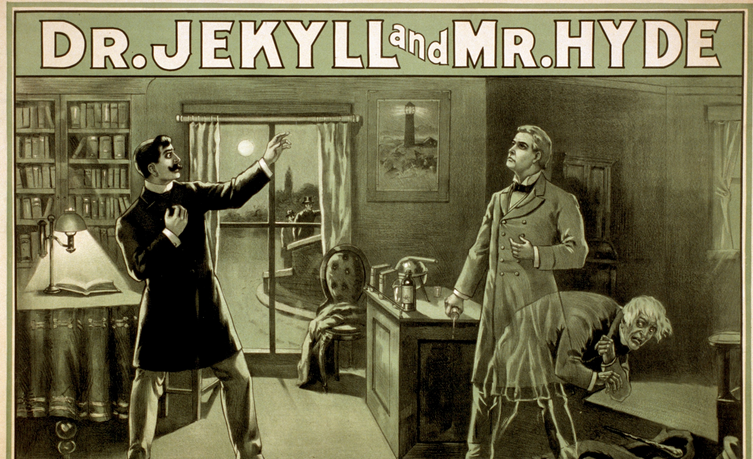 Why is my adolescent dog behaving differently?
Teenager pugs are dealing with hormone surges and this can increase excitability, intensity and over-reactions to just about everything. Shy dogs can become shyer and confident dogs can become more (sometimes over) confident. If your pug puppy did not receive enough socialization before it was 16 weeks of age (or a bit older) you will start to notice this now with more problems with fear -- reactivity and perceived aggression. "Well, I'll just neuter him/spay her and we won't have any more problems." Honestly, this is not a cure for behavior problems and sometimes it can exacerbate others. Spay/neuter at the correct time for HEALTH reasons (we believe only after they have matured more, which is closer to a year, but definitely NEVER BEFORE at least once cycle or the equivalent with a male). Instead, the important thing to do is STAY CALM. Don't Punish your dog in ANY way as this will just damage your relationship and make your pug even less likely to want to work with you. (Would you rather train an enthusiastic pug puppy who is engaged and focused on you or a zombie pug?) Go back to the basics with your training cues -- teach every single exercise again FROM THE BEGINNING. And don't forget positive reinforcement with LOTS of encouragement and treats. Instead, go back to the very basics with your training cues – and teach every exercise again from the beginning. Don’t forget to include lots of rewards as teenagers need plenty of encouragement and positive reinforcement (even more so than puppies). For example, let's say your pug puppy just stopped coming when called. They just forgot? Nope. So, make it into a game. Get a long line and, away from other dogs/people in a quiet time of the day, work on recalls again. Have them chase you, and just remember what it was like when you worked with them as a tiny puppy. Remember, the goal is to always set your pug up for success and not failure. Why? Avoiding stress and training failures means your pug will have more capacity both mentally and emotionally and be able to cope with day-to-day teenage challenges. They will avoid that negative experience that might shape the way they look at the world. During this time, your pug is re-evaluating everything and everyone in their life. She/he is starting to look at the world with the eyes of an adult rather than a puppy. Bad experiences now can go on to shape how they view the world and how they behave in the future. It might seem like a step back in your training but, you'll find that your pug will come out on the other side of adolescence well-behaved and with both training skills AND your relationship intact. STAY ON TOP OF SOCIAL SKILLS. If you pug has another canine friend, get together, go on walks together, schedule some play time. (Make sure they don't play too rough -- ) ENROLL IN ANOTHER TRAINING CLASS or activity. An organized activity helps the teenage brain (and you). Scent work classes are AMAZING. Look for things that will use the puppy's brain and problem-solving skills, earn rewards but not strain their still growing bodies. Scent work Avoid stress. Don't over-exercise. Conversely, you'll want to keep your teenage puppy calm and stress free and perhaps let physical exercise take a back seat for the time being. Many owners think "more exercise will tire them out" but this is just a fallacy. It might make them fitter, but then they'll need MORE physical exercise to become exhausted. An exhausted pug does not deal with stress well, nor learn well. Enrichment dog games, toys, indoor training, hide-and-seek, scent work and other things that USE THE BRAIN tires your pug out. Teach some new tricks (or proof and improve duration or elegance of a current skill or trick.) Scatter feed. Stuff a rubber toy inside a cardboard tube they can rip/tear. etc. Some pug puppies sail right through as teen angels while others are hooligans. One is not better or worse than the other -- just how God made them. They are just doing the best they can with their own individual personality and trying to find ways to deal with this development stage. Some sail through adolescence as teen angels – while others are definite hooligans. Neither is ‘good’ or ‘bad’, they are just doing the best they can and all have their own individual personalities and ways of dealing with this unavoidably developmental period. Remember, do not think they are being difficult, tell them off or punish them for the unusual behaviors, otherwise you will exacerbate their fear. Don't force your pug to ‘face their fears’ but instead keep a comfortable distance where they do not feel they have to react or be worried, let them approach, retreat and explore in their own time, and reward them with treats to keep all interactions positive. Avoid negative encounters or potentially worrying situations as far as is possible in this time as a bad experience now could color the way your puppy looks at the world and affect his behavior as an adult. When you socialize, make sure it is always a positive experience. Encounters need to be positive and fun.
TEAMWORK is the key. Don't give into thinking that your teen puppy is intentionally trying your patience. remember that this is a complex developmental time for your dog. As a piano teacher, I've always found it challenging when my longtime students I've taught since age 4, 5, or 6 enter the terrible teens. Very often that would be when they would discontinue their piano studies so I am always picking the brains of Jr High school teachers. They are all pretty cool, down-to-earth, and genuine, and many of them mention that their secret is to laugh it off. They use sarcasm and other things that make all the "big stuff" seem smaller and more manageable. Also, don't forget to look at how cute these guys are at this awkward age! That pug puppy's adorable cuteness will give you the motivation to make it through these few months (or days or weeks). |
AuthorAmy - Concert pianist, composer, lecturer, teacher, adjudicator, pug lover, dog trainer, soap and candle maker, PawTree Pet Pro, and co-owner Pickwick Pugs along with her husband, Dr. Jeff McLelland who is a concert organist, music director. Archives
April 2024
Categories |
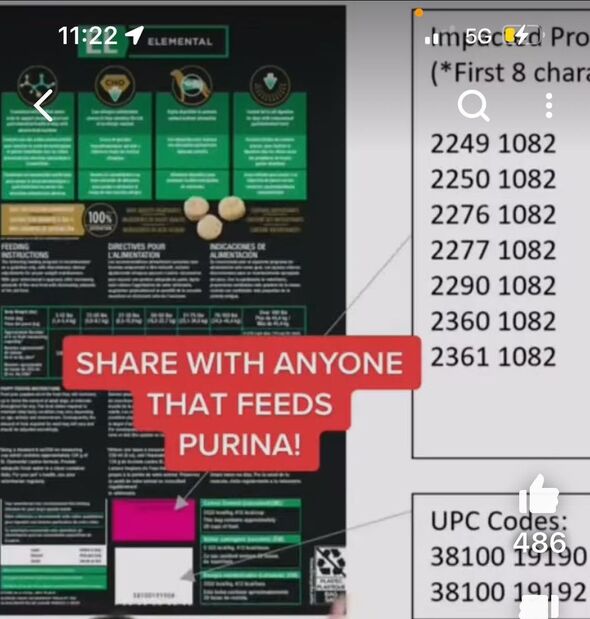
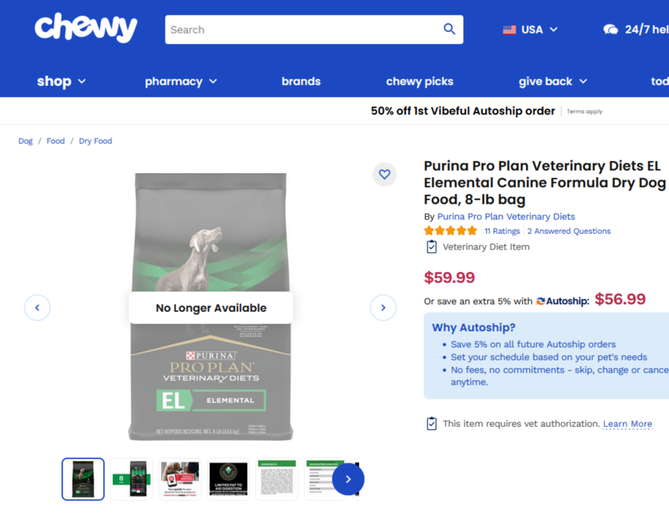
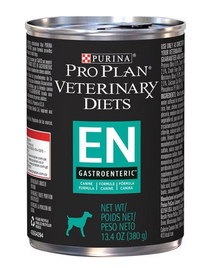
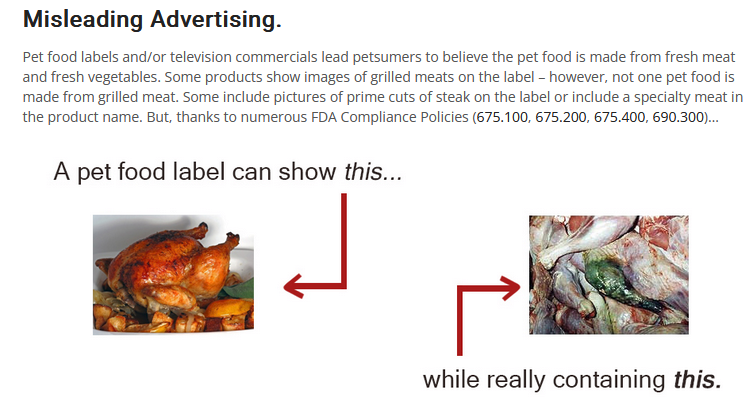
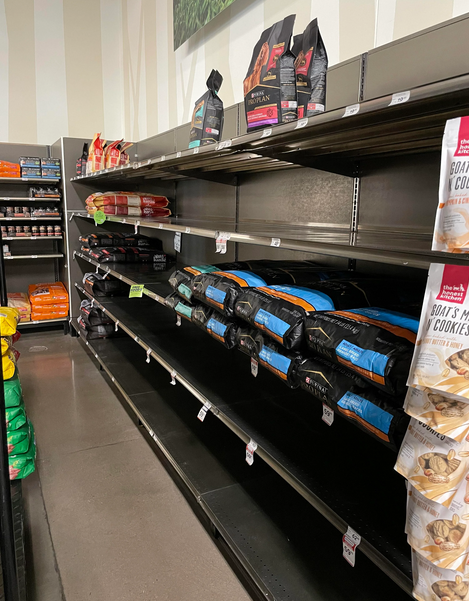
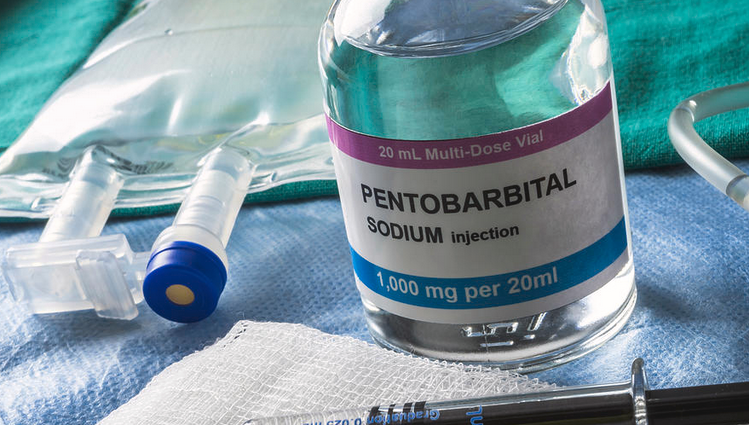
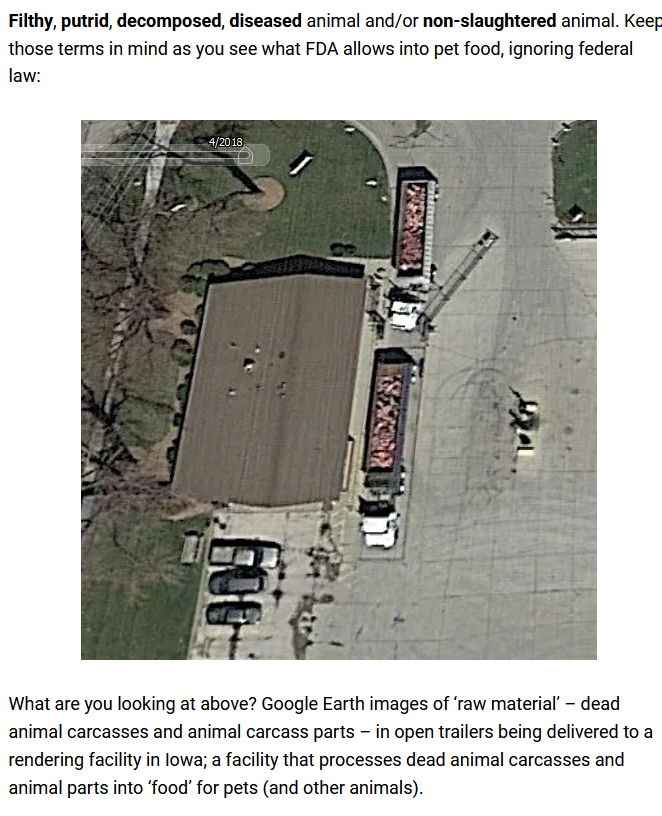
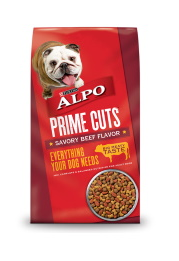
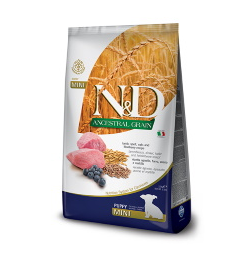
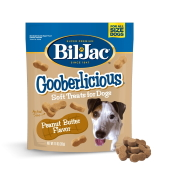
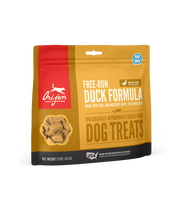
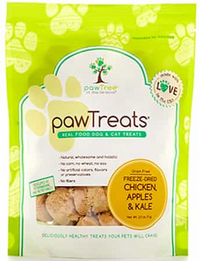
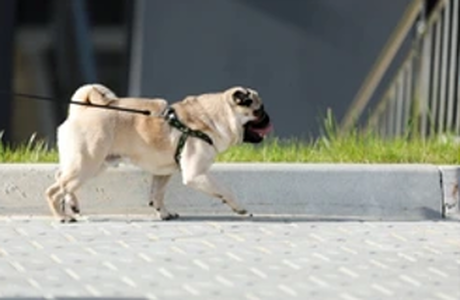
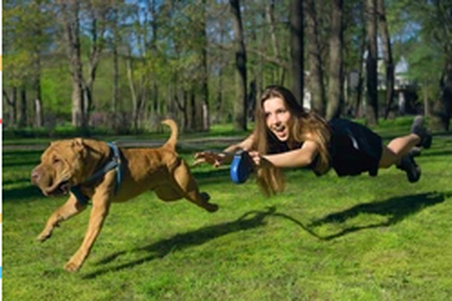
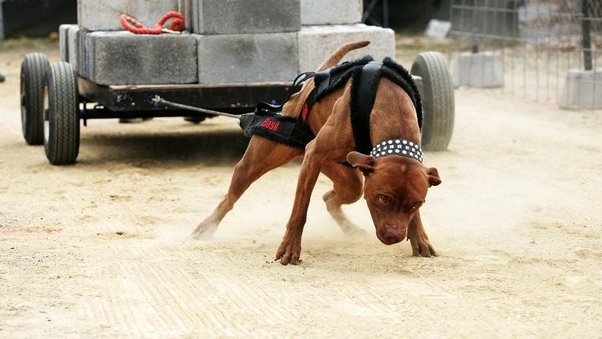




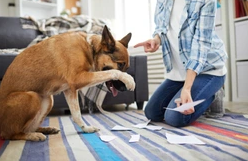


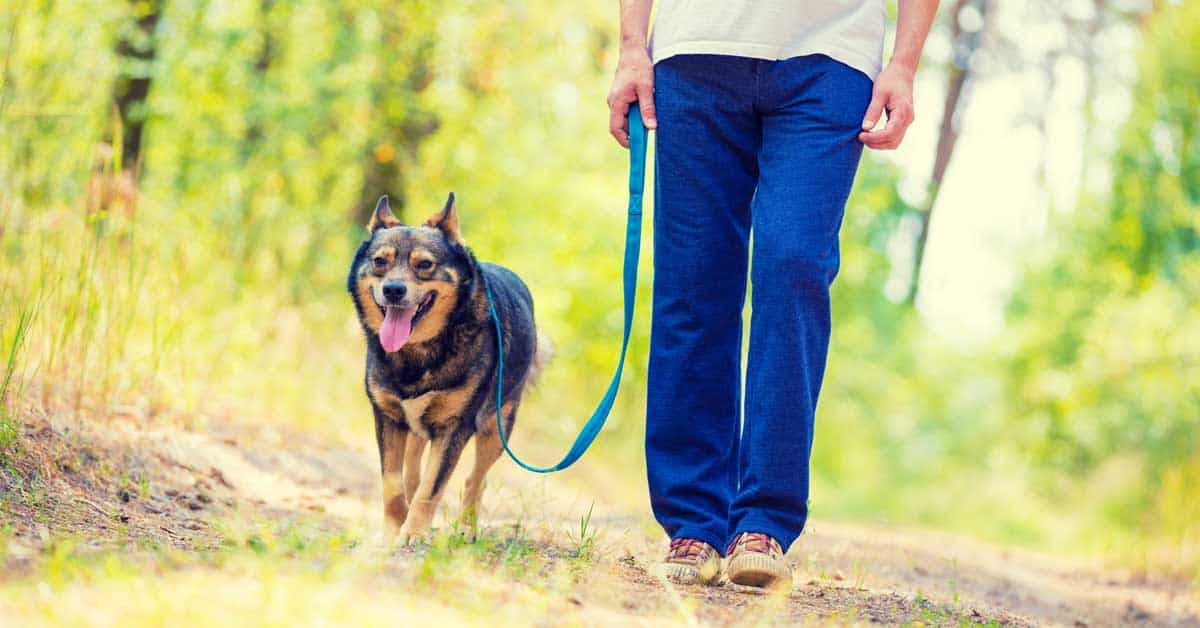
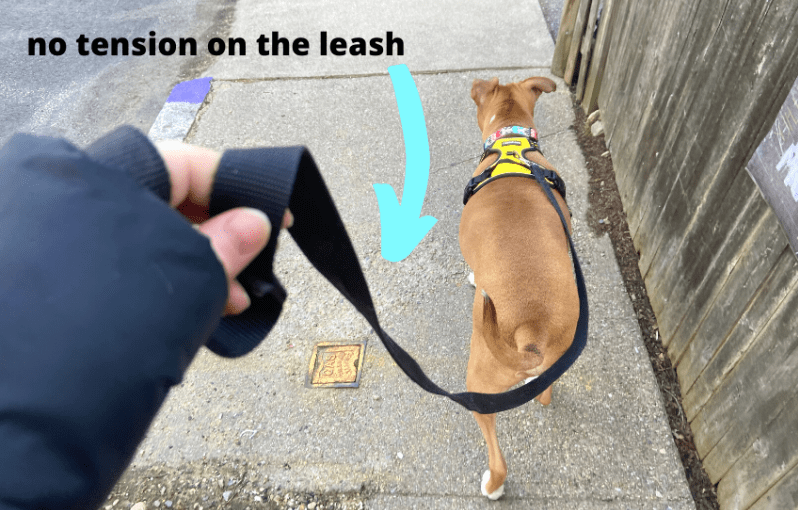
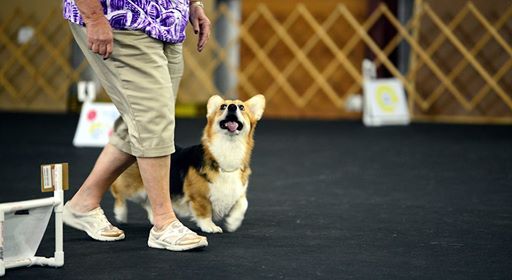
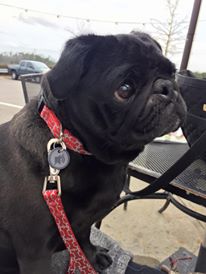
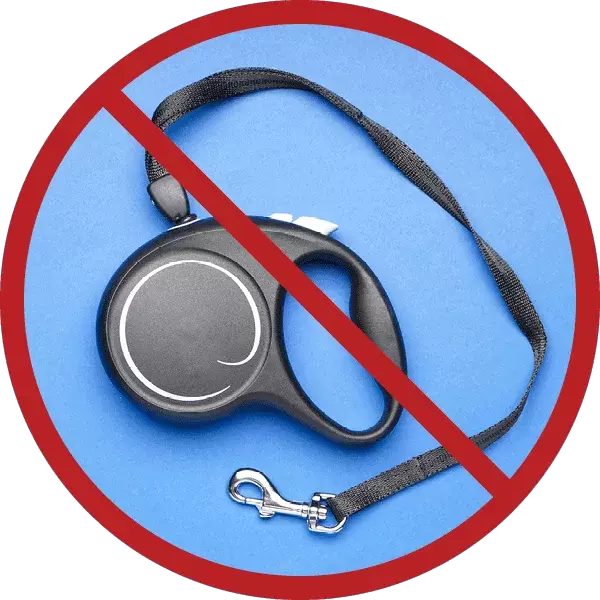
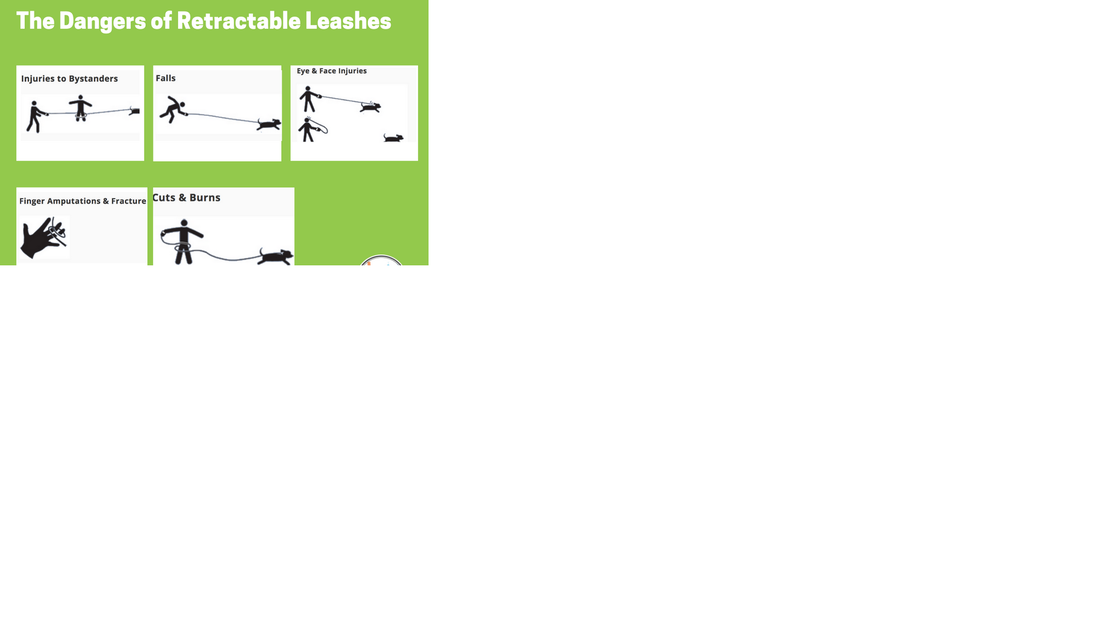
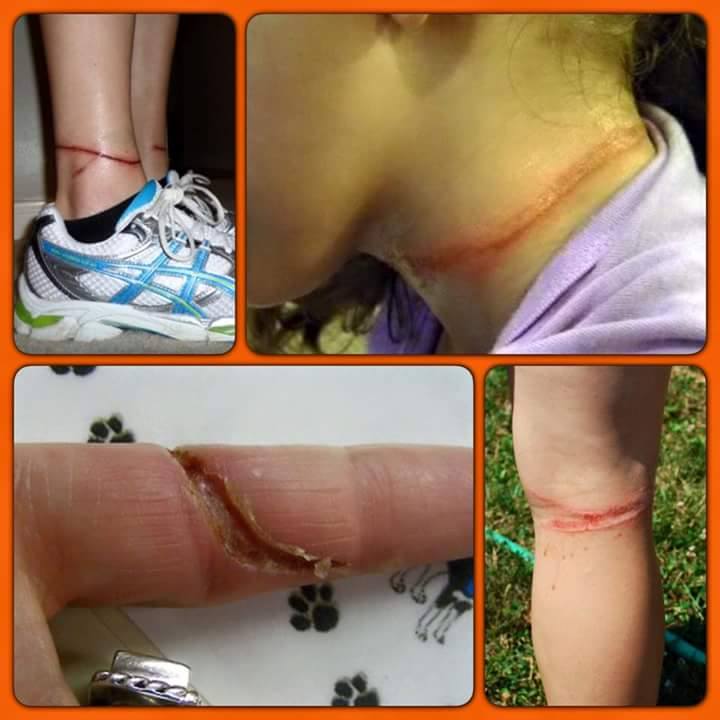
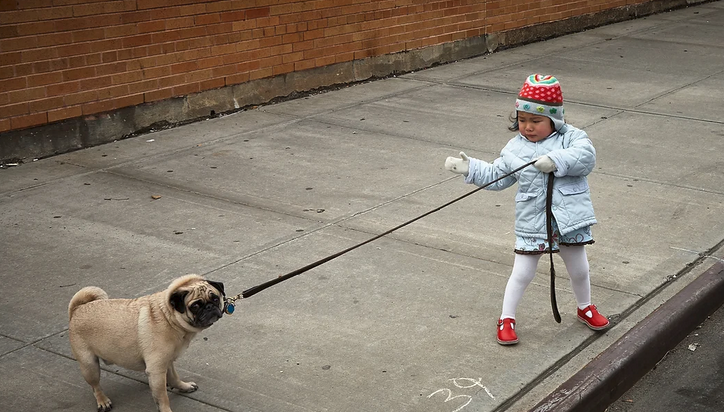


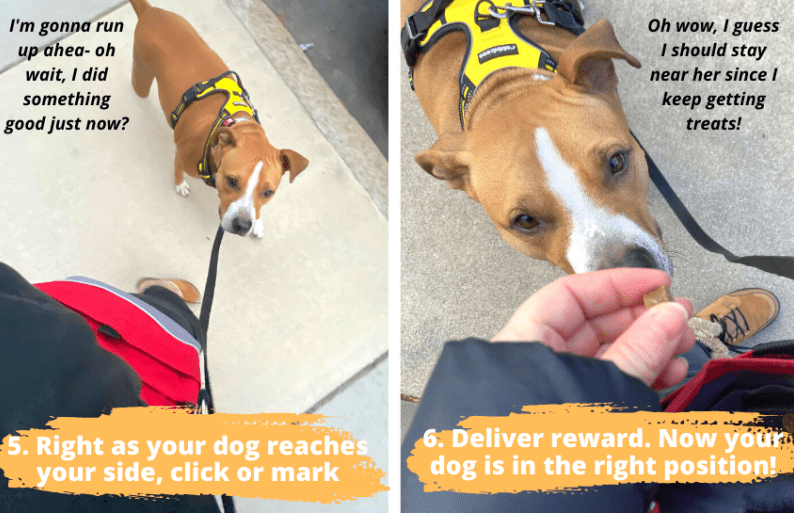
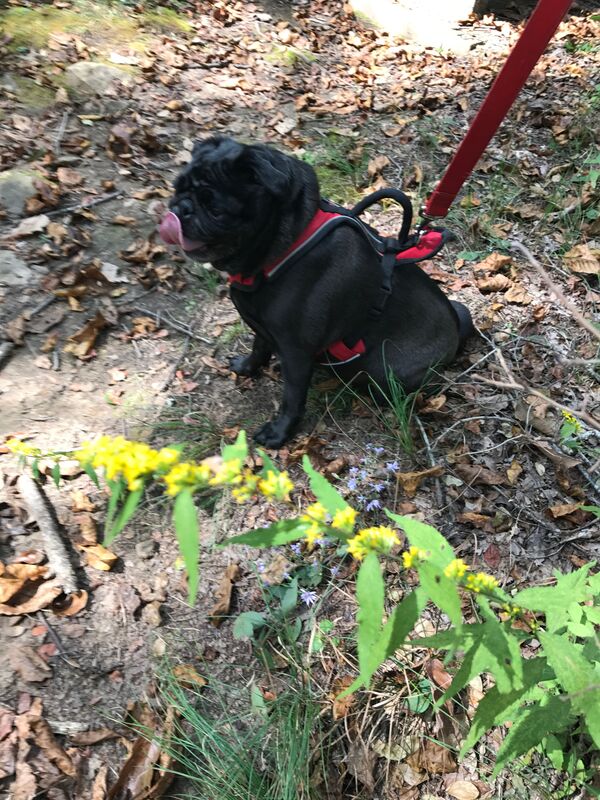
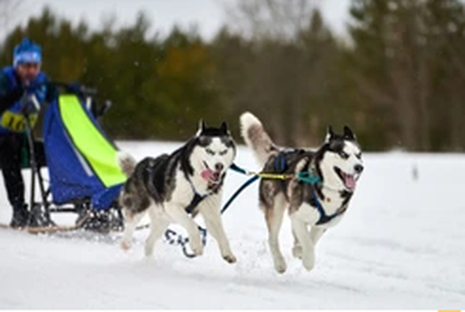
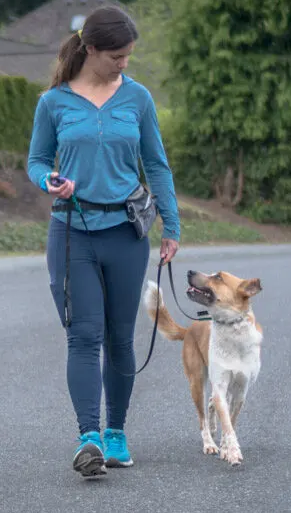
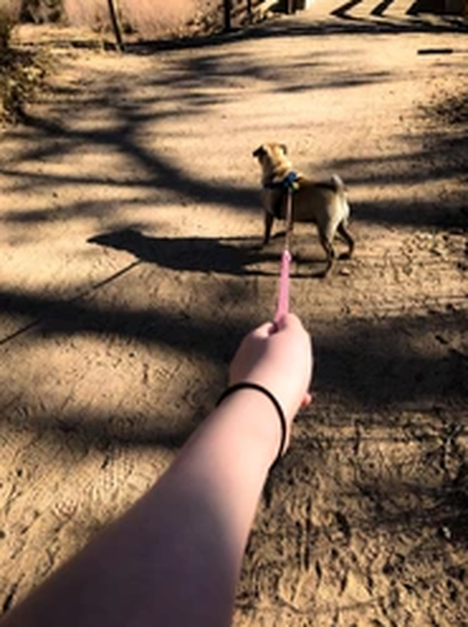
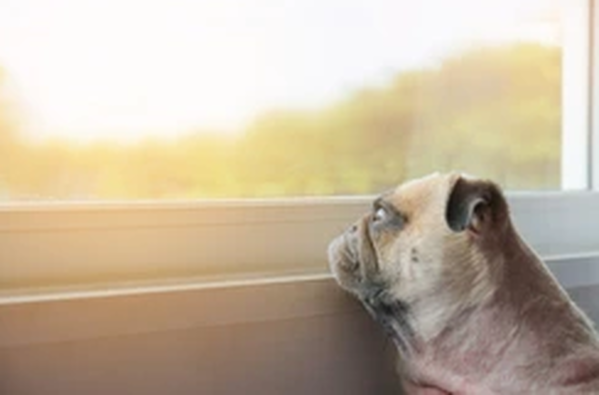
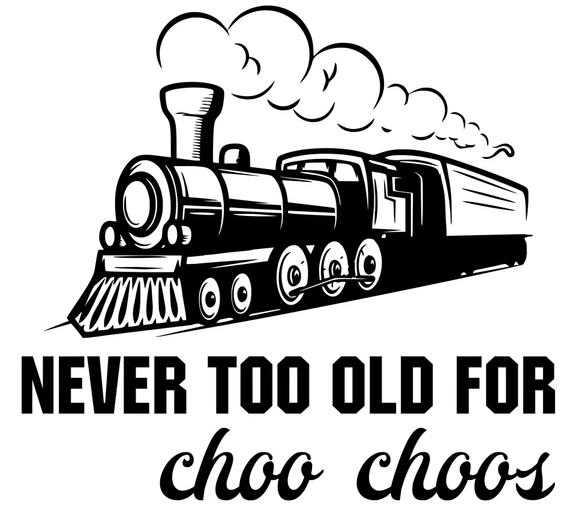
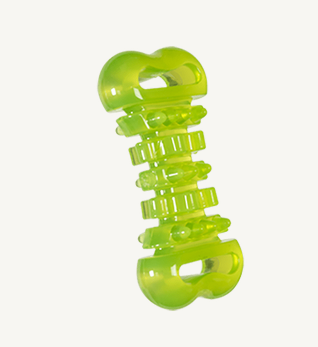
 RSS Feed
RSS Feed